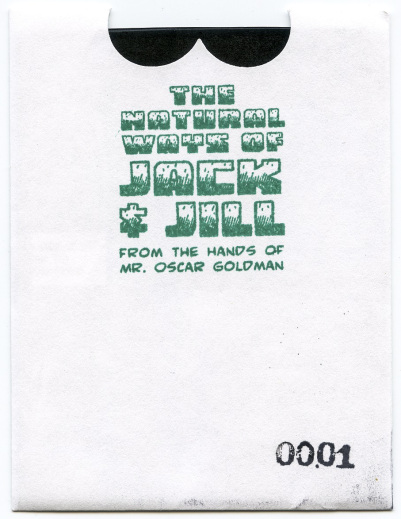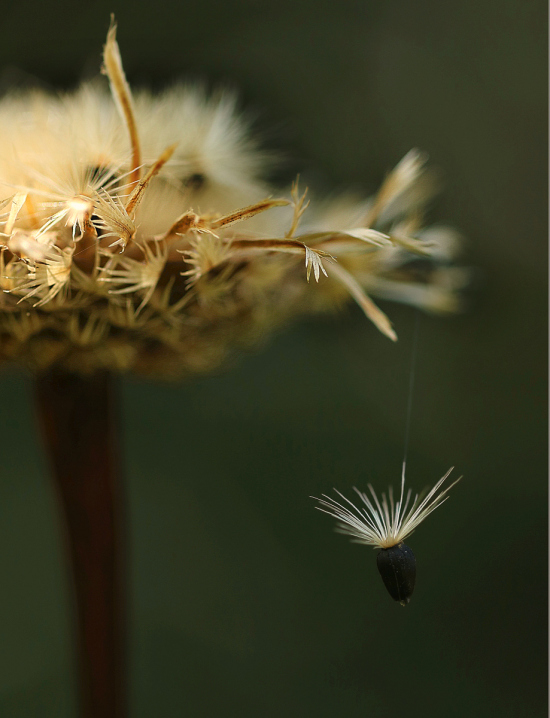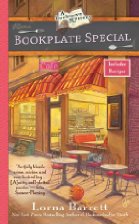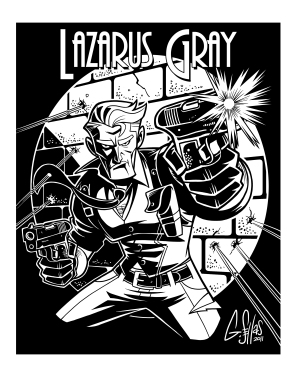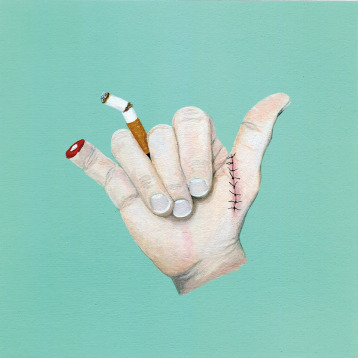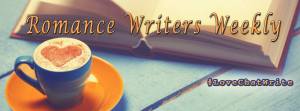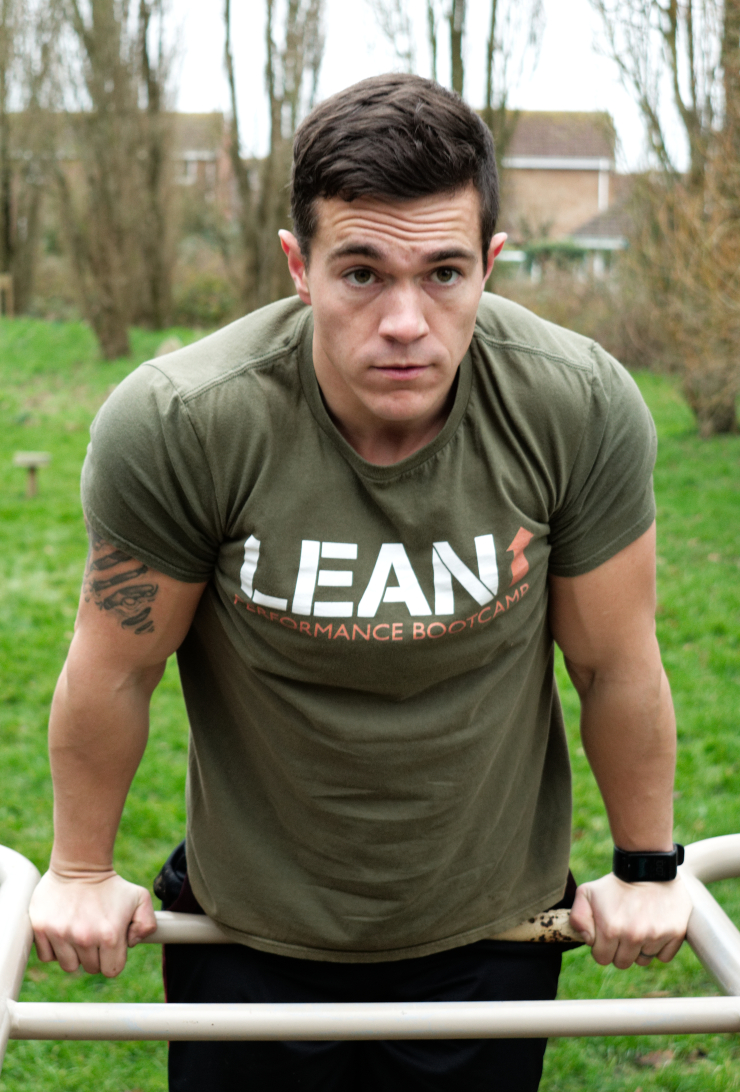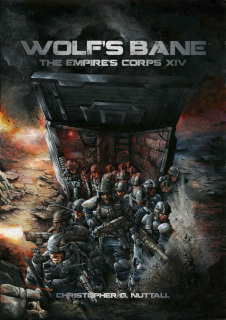Download links for: Colors versus Shapes


Reviews (see all)
Write review
Good picture book for older kids K+ featuring advanced shapes and color-blending
Decent. I feel like the concept would work better as a short cartoon, though.
Loved it! Great way for kids to learn colors and shapes!
Eh. Not as cute as the first one.
Other books by Humor
Other books by Mike Boldt
Related articles




